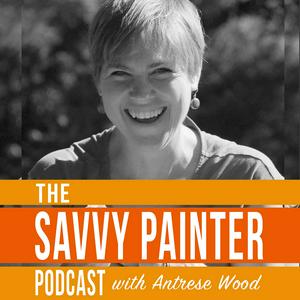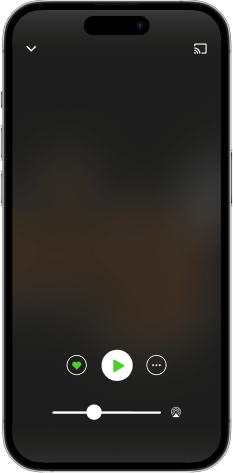Your Studio Isn’t a Courtroom—Make Yours the Safest Place to Create
Ever notice how one “wrong” brushstroke can send you into a spiral? You’re standing in your studio, brush in hand, and suddenly the inner courtroom opens up. The judge, jury, and executioner? All you.This episode is about what I call self-aggression. Those tiny but brutal ways we attack ourselves for daring to experiment, for not being perfect, for being… human. And here’s the thing: it’s costing you way more than you realize.I’ll walk you through why we confuse self-criticism with professionalism, how it’s secretly strangling your creativity, and what happens when you trade all that punishment for curiosity instead. (Hint: your studio becomes the safest, most exciting place to create.)You’ll hear real stories from Growth Studio: Leslie catching herself in an “auction spiral,” Megan reframing her supply list, Scott protecting his energy, and Cece navigating the push-pull of play vs. control. Plus, I’ll share a micro-meltdown of my own and how I turned it around.If you’ve ever started an apology tour before showing your work, or if you’ve ever thought “I’m such an idiot” mid-painting—this one’s for you.Your Episode Map0:23 – The brushstroke that ruins everything (or does it?)1:59 – How “I’m such an idiot” sneaks into your studio5:49 – Why being hard on yourself isn’t “professional” (it’s poison)7:39 – Curiosity vs. criticism: the C in CREATE that changes everything8:32 – What self-aggression is secretly costing you (spoiler: it’s huge)13:12 – Real Growth Studio stories: auctions, supply lists, and saying no25:00 – My own meltdown over a 2-inch drawing36:01 – The truth bomb: self-trust is the ultimate creative flexFor Your Studio WallWords worth pinning next to your easel:“Curiosity opens possibilities. Criticism shuts them down.”“Failure isn’t evidence against you—it’s information for you.”“Your studio is not a courtroom. Make it a laboratory.”“Treat yourself like your favorite student.”“The way you talk to yourself shows up on the canvas.”What to Bring Into the Studio With YouA daily rep: catch one micro-aggression and reframe it with curiosity.Neutral share rule: present your work without the apology preface.Constraints as safety: same size, same tools, familiar setups = freedom to explore.A pre-painting intention: I’m here to explore, not to be perfect.Do you spend more time thinking about making art than actually making it? Start things you never finish? Make work and then stack it against the wall, facing inward, so you don't have to look at it?If any of that sounds familiar, I'd love to chat.Click here: savvypainter.com/survey to tell me what's going on. If it seems like I need more info, I'll reach out to schedule a call.Thanks so much!Support the showAnd hey - if this episode hit home, do me a favor, leave a review on Apple Podcast or come say hi on Instagram: @savvypainterpodcastI’d love to hear this episode resonated you. ❤️


